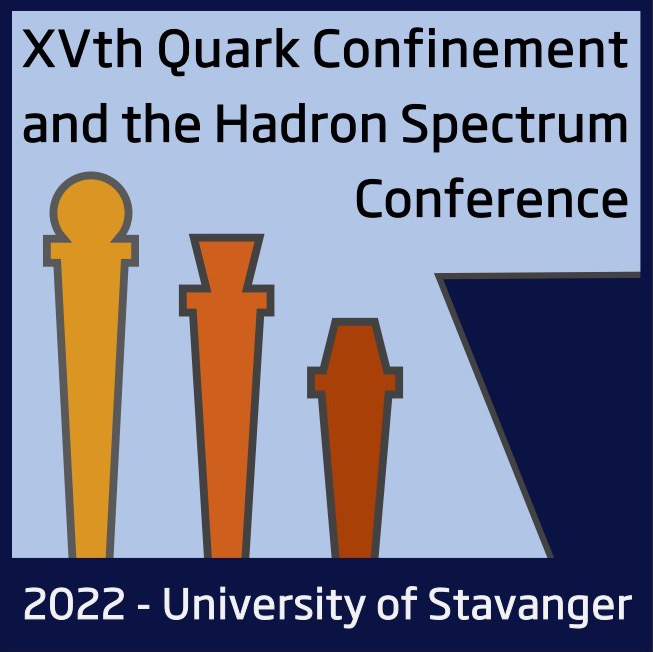Speaker
Description
Abstract: Formed in the aftermath of gravitational core-collapse supernova explosions, neutron stars are the most compact observed stars. Their average density exceeds that found inside the heaviest atomic nuclei. According to our current understanding, a neutron star is stratified into distinct layers. The surface is probably covered by a metallic ocean. The solid layers beneath consist of a crystal lattice of pressure-ionized atoms embedded in a highly degenerate relativistic electron gas. With increasing density, nuclei become progressively more neutron rich until neutrons start to drip out of nuclei thus delimiting the boundary between the outer and inner regions of the crust, where neutron-proton clusters are immersed in a neutron liquid. At about half the density of heavy nuclei, the crust dissolves into a homogeneous liquid mixture of nucleons and leptons. The region in between may consist of a liquid-crystal mantle of very exotic nuclear configurations. Adding nuclear shell and pairing effects perturbatively to the extended Thomas-Fermi approximation, we have recently found that these so called nuclear pastas might be less abundant than previously thought [1,2].
[1] J. M. Pearson, N. Chamel, A. Y. Potekhin, Phys. Rev. C 101, 015802 (2020)
[2] J. M. Pearson, N. Chamel, Phys. Rev. C 105, 015803 (2022)

